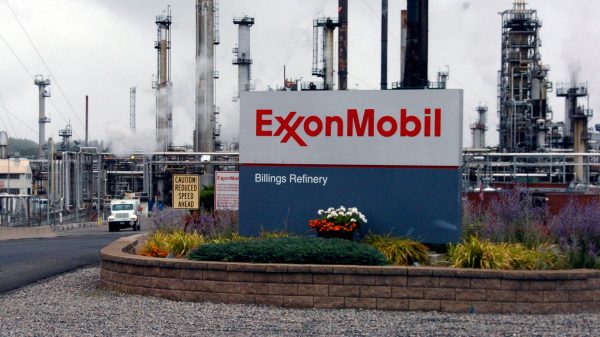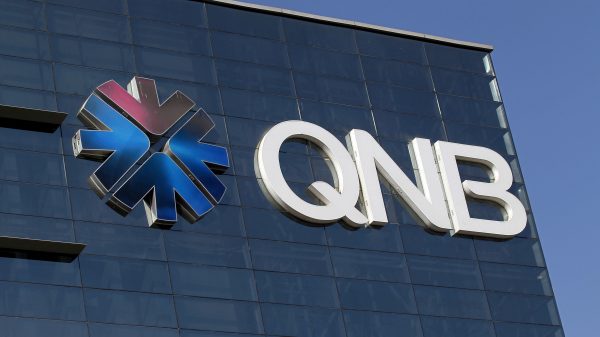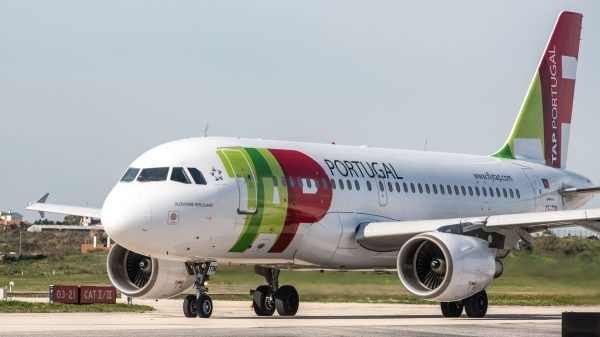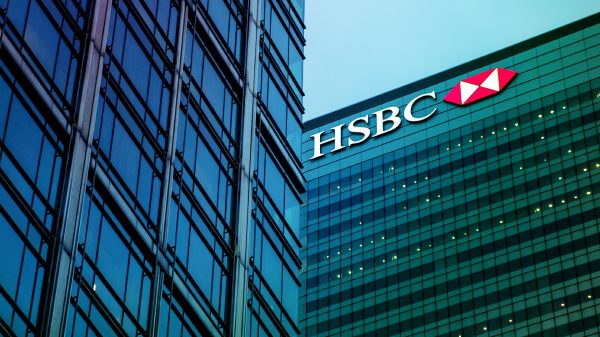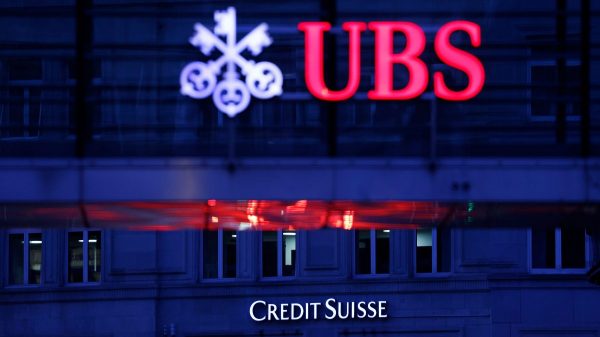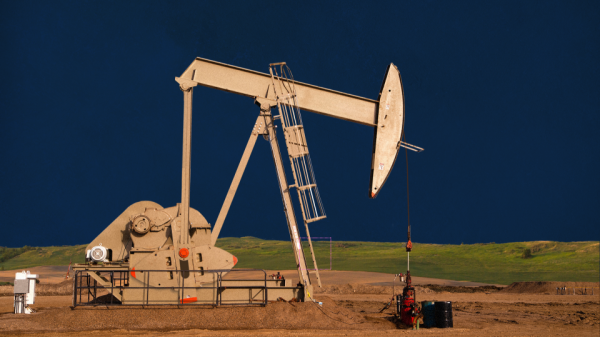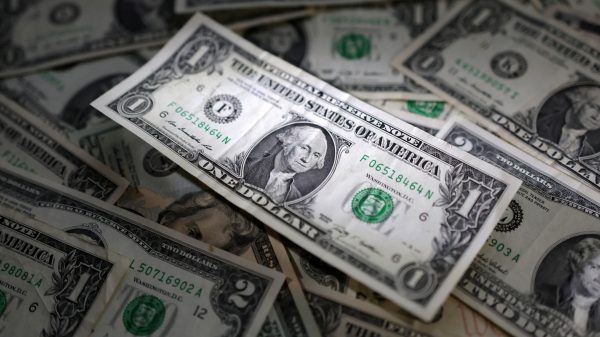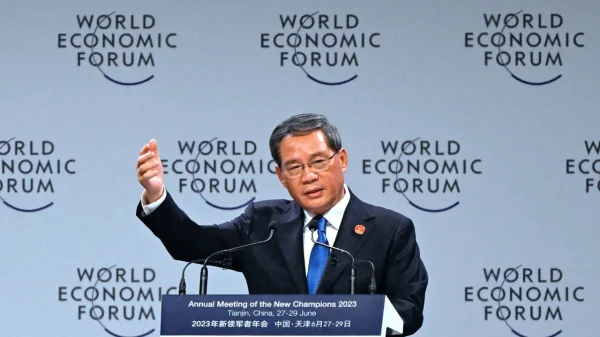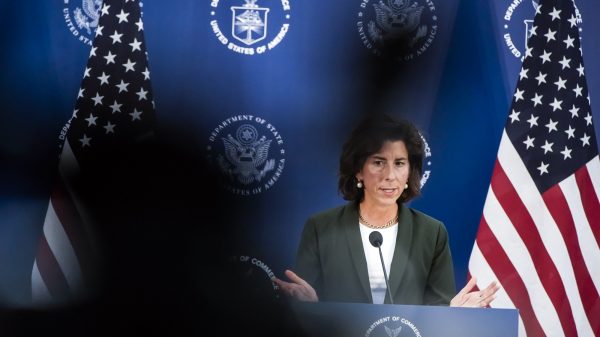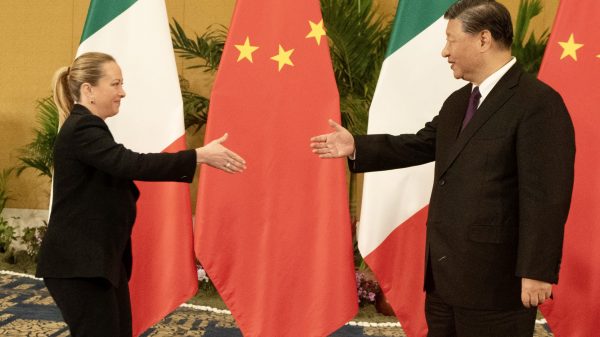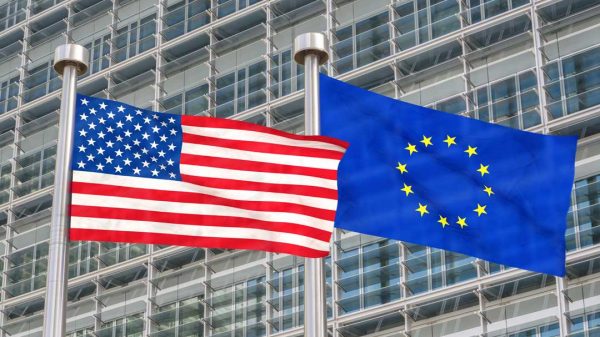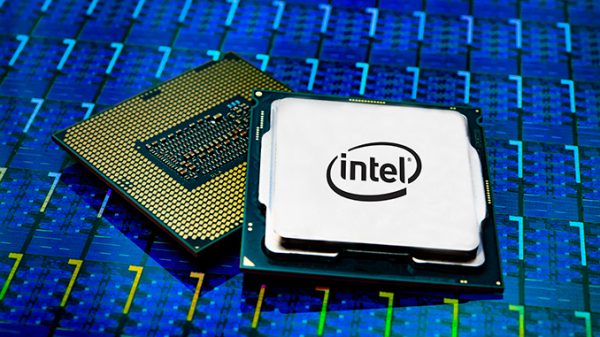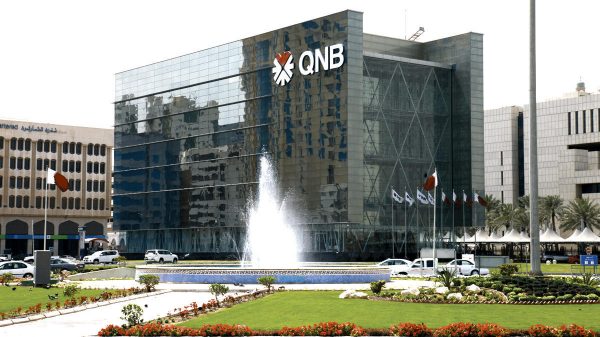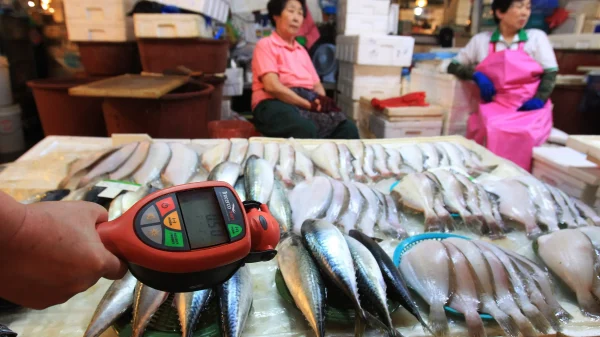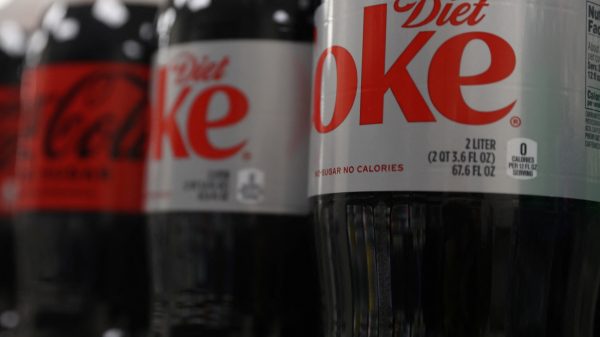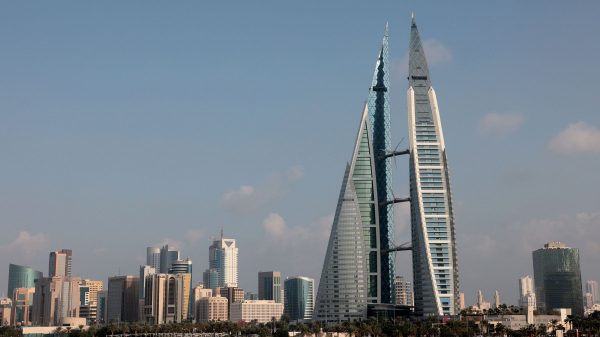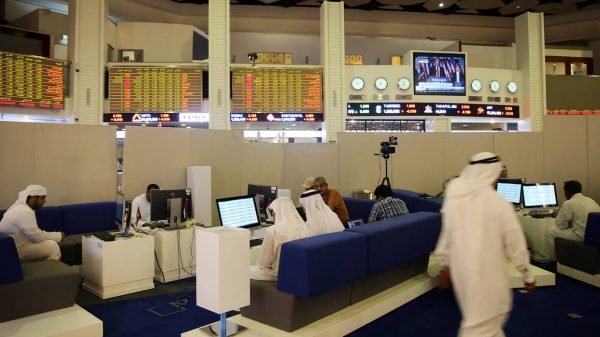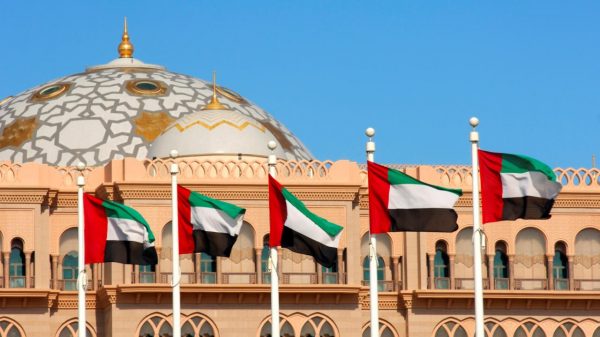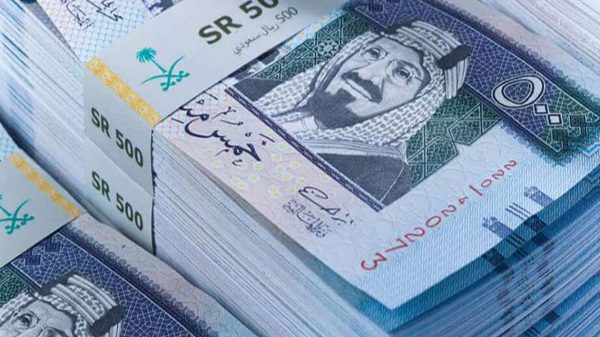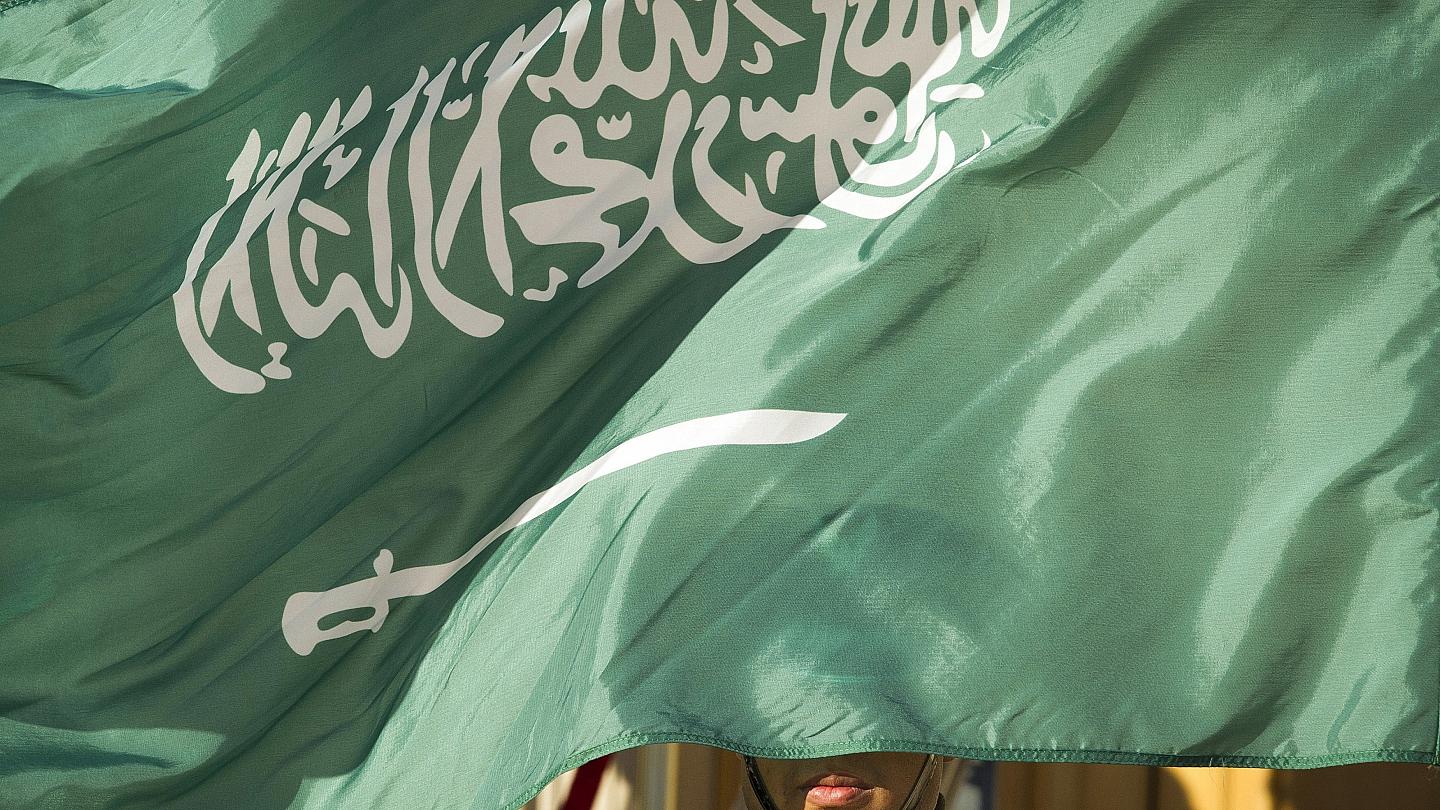Saudi Arabia’s inflation rate increased during the month of October by 0.2%, supported by food and beverage prices.
Data from the General Authority for Statistics in Saudi Arabia said that the inflation rate continues to rise for the 22nd month in a row, reaching 0.8% on an annual basis.
During 2019, inflation witnessed a deflation, and then began to rise since then.
Saudi inflation
The data showed an increase in inflation by 0.2% on a monthly basis, and the rise in inflation last month was driven by the increase in food and beverage prices, the second most influential section in the index, by 1.4% on an annual basis, and transportation by 6.4%.
Since July 2020, Saudi Arabia has started raising value-added tax from 5% to 15% to counter the drop in oil prices due to the pandemic.
The CPI reflects changes in the prices that consumers pay for a fixed basket of goods and services consisting of 490 items.
The selection of the basket is based on the results of the expenditure and income survey conducted in 2018, in the light of which the items and their weights are determined.
In a related context, Moody’s credit rating agency maintained the Saudi economy’s rating at “A1”, in light of the recovery in oil prices.
Moody’s revised the outlook from negative to stable, compared to its report published last June.
The agency expected the Saudi economy to return to positive growth this year 2021, with a reduction in the public finance deficit, accompanied by a contraction in the level of debt in the medium term.
Moody’s praised Saudi Arabia’s consistency in its fiscal policies, regardless of the rise and fall in oil prices.
The stable outlook indicates that in addition to the economic recovery as a result of the exiting form the Coronavirus pandemic crisis, and the improvement in oil prices, the financial position and net external assets remain strong enough to support the credit rating.


